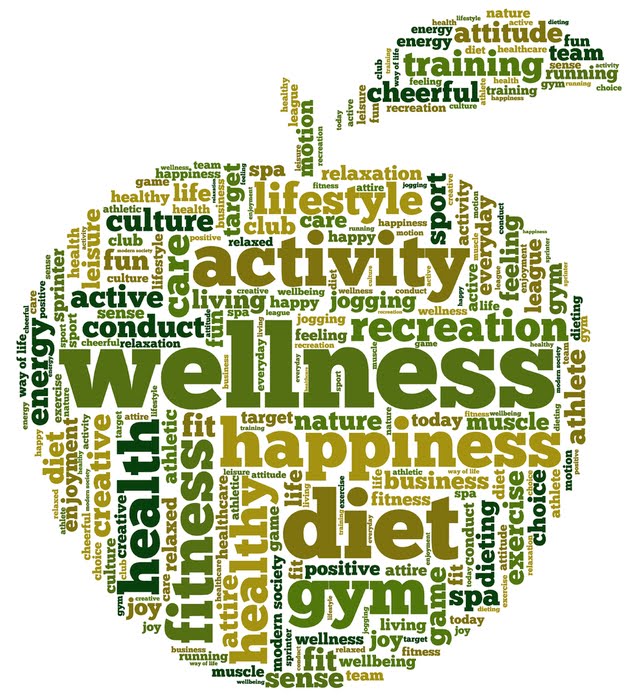
And threats to heart can be seen in children as young as 9, second study says
By Steven Reinberg - HealthDay Reporter
MONDAY, Nov. 29 (HealthDay News) -- Children who eat a diet rich in fruits and vegetables may be able to help ward off atherosclerosis in adulthood, a precursor of heart disease, a new study suggests.And a second new study found that children as young as 9 years old may already be exhibiting health problems such as high blood pressure that put them at risk of heart disease as adults.
Both reports, from researchers in Finland, are published in the Nov. 29 online edition of Circulation.
Commenting on the first study, Dr. David L. Katz, director of the Yale University School of Medicine's Prevention Research Center, who was not involved with the study, noted that it had taken knowledge about diet and heart health a step further.
Atherosclerosis is a condition in which plaque -- a sticky substance consisting of fat, cholesterol, and other substances found in the blood -- builds up inside the arteries, eventually narrowing and stiffening the arteries and leading to heart problems. It's a process that can take years, even decades, and this study shows that diet even in childhood -- helps prevent the condition, Katz said.
"We certainly, before this study, knew that vegetable and fruit intake were good for our health in general, and good for cardiovascular health in particular," he said.
For the first study, researchers led by Dr. Mika Kahonen, chief physician in the Department of Clinical Physiology at Tampere University Hospital in Finland, looked at lifestyle factors and measured the pulse of 1,622 people who took part in the Cardiovascular Risk in Young Finns Study. The participants ranged in age from 3 to 18 when the study began and were followed for 27 years.
The researchers also assessed "pulse wave velocity" -- a measure of arterial stiffness.
The researchers found that those young people who ate fewer vegetables and fruits had higher pulse wave velocity, which means stiffer arteries. But those who ate the most vegetables and fruits had a pulse wave 6 percent lower than people who ate fewer fruits and veggies.
Because arterial stiffness is linked with atherosclerosis, rigid arteries makes the heart work harder to pump blood.
Besides low fruit and vegetable consumption, other lifestyle factors such as lack of physical activity and smoking in childhood was associated with pulse wave strength in adulthood, the researchers said.
"These findings suggest that a lifetime pattern of low consumption of fruits and vegetables is related to arterial stiffness in young adulthood," Kahonen said in a news release from the American Heart Association, which publishes Circulation. "Parents and pediatricians have yet another reason to encourage children to consume high amounts of fruits and vegetables."
"While it is never too late to use a healthful diet to prevent heart disease, it is certainly never too early," Katz said. "The best way to cultivate healthy blood vessels in adults, it seems, is to feed our children well."
In the second study, Finnish researchers found that children as young as 9 who had the most risk factors for heart disease -- including high levels of cholesterol, high blood pressure and a greater body mass index -- faced a greater risk of thicker carotid artery walls as adults, an early sign of heart disease.
"Cardiovascular risk factors measured at or after the age of 9 are predictive of vascular changes in adults," said lead researcher Dr. Markus Juonala, an adjunct professor at Turku University Hospital in Finland.
"Of the individual risk factors, childhood obesity was the most consistently associated with vascular changes across different age groups," he said.
Prevention of atherosclerosis should start in childhood, Juonala said, adding, "We should make all efforts to keep our kids fit, not fat."
For the study, Juonala's team collected data on 4,380 participants in four studies that looked at heart disease risk factors in children and carotid artery thickness in adulthood.
They found that children as young as 9 years old who had the most risk factors for heart disease had a 37 percent increased risk of thicker carotid arteries -- which supply oxygen-rich blood to the head and neck -- in adulthood, compared with other children.
By age 12, children in the highest heart disease risk factor group had a 48 percent increased risk of thicker carotid arteries. This risk rose to 56 percent by 15, the researchers noted.
Commenting on the study, Dr. Gregg Fonarow, American Heart Association spokesman and professor of cardiology at the University of California, Los Angeles, said "atherosclerotic vascular disease can begin early in childhood and adolescence but becomes clinically manifest later in life."
This study provides insights into the early development of vascular disease and has important implications for prevention efforts in children, he said.
"There is currently an important, but largely unmet, need to prevent and reverse cardiovascular risk factors in childhood," Fonarow said.
More information
For more on atherosclerosis, visit the American Heart Association.
SOURCES: Markus Juonala, M.D., Ph.D., adjunct professor, Turku University Hospital, Turku, Finland; David L. Katz, M.D., M.P.H., director, Prevention Research Center, Yale University School of Medicine, New Haven, Conn.; Gregg Fonarow, M.D., American Heart Association spokesman, and professor of cardiology, University of California, Los Angeles; Nov. 29, 2010, Ciurculation, online
Copyright © 2010 HealthDay. All rights reserved.




